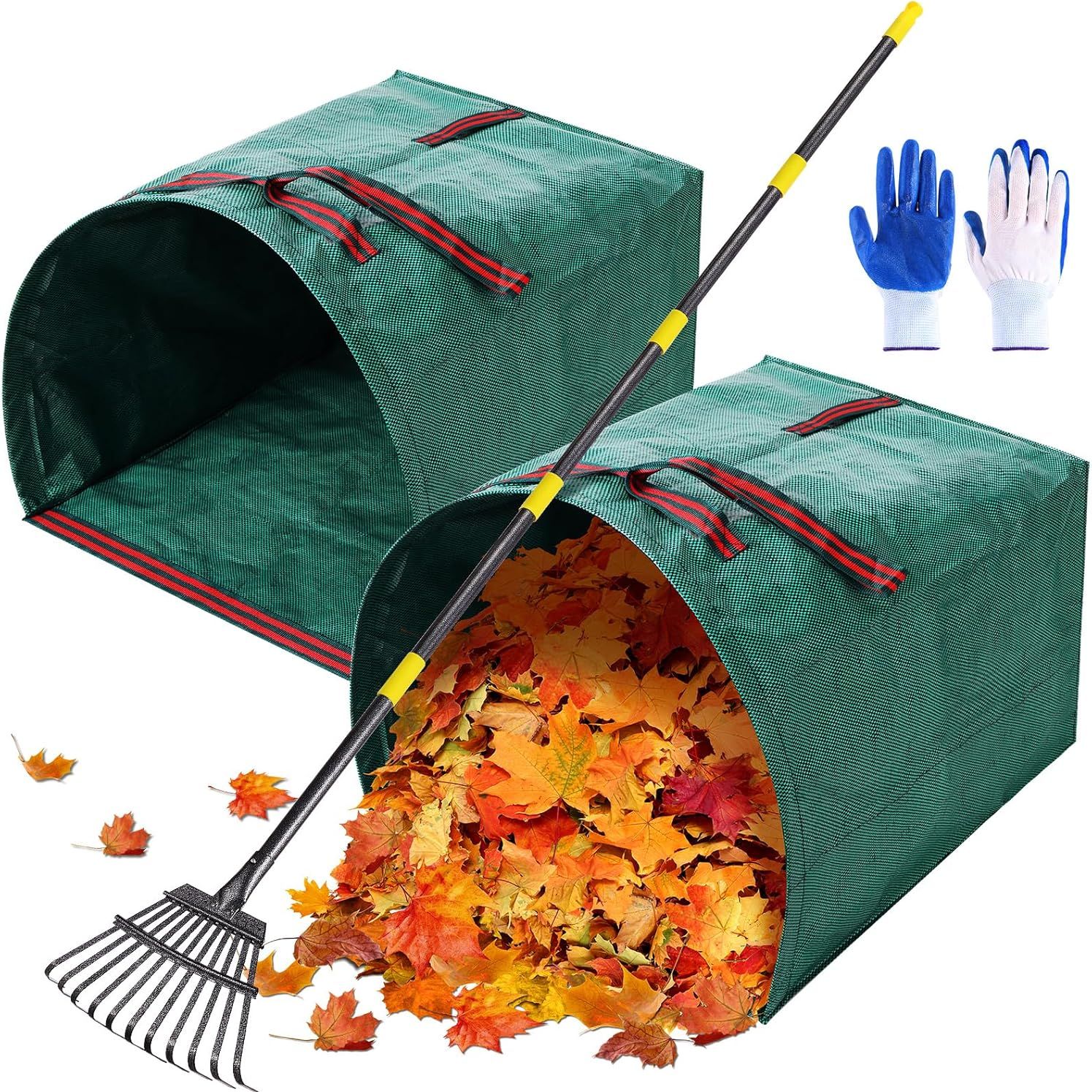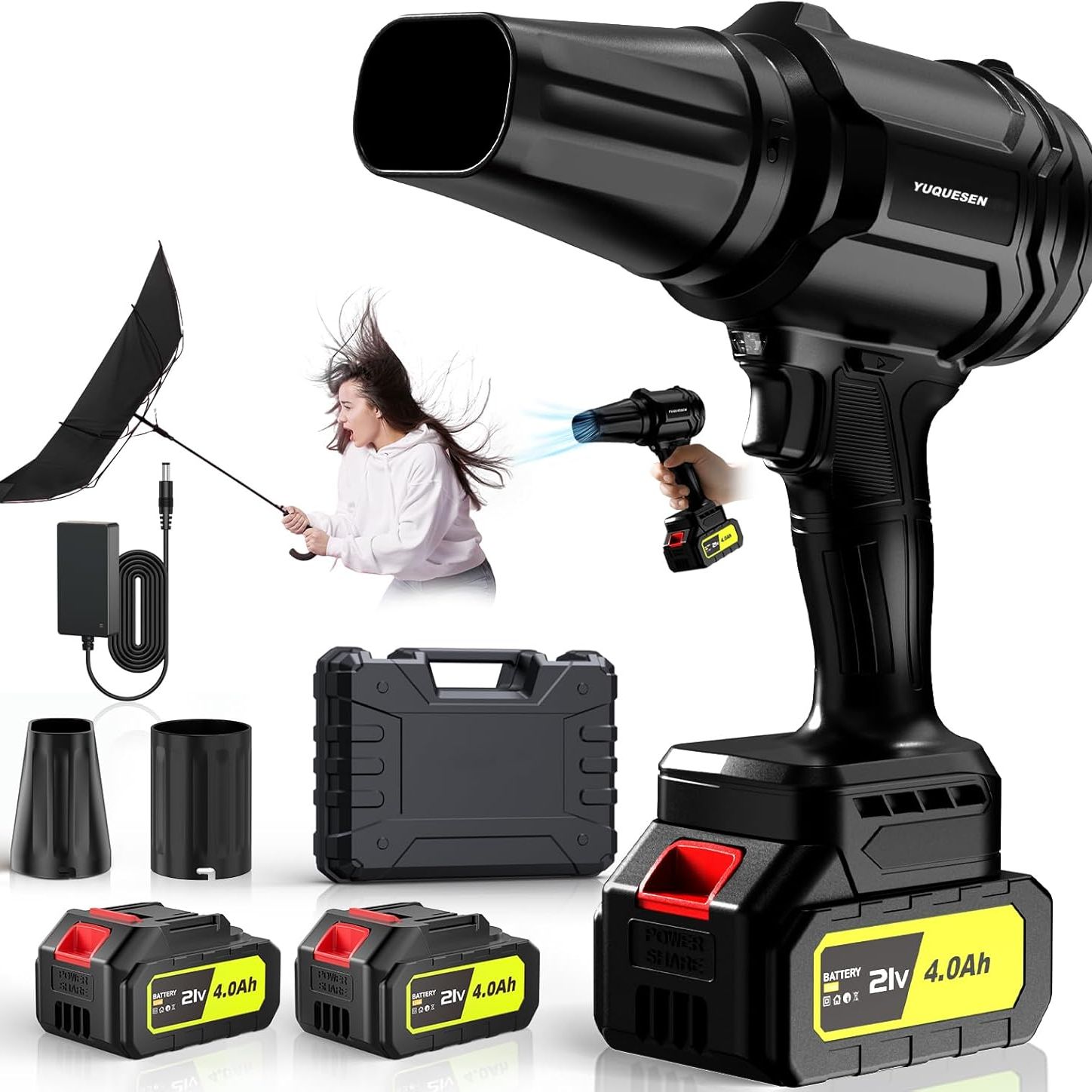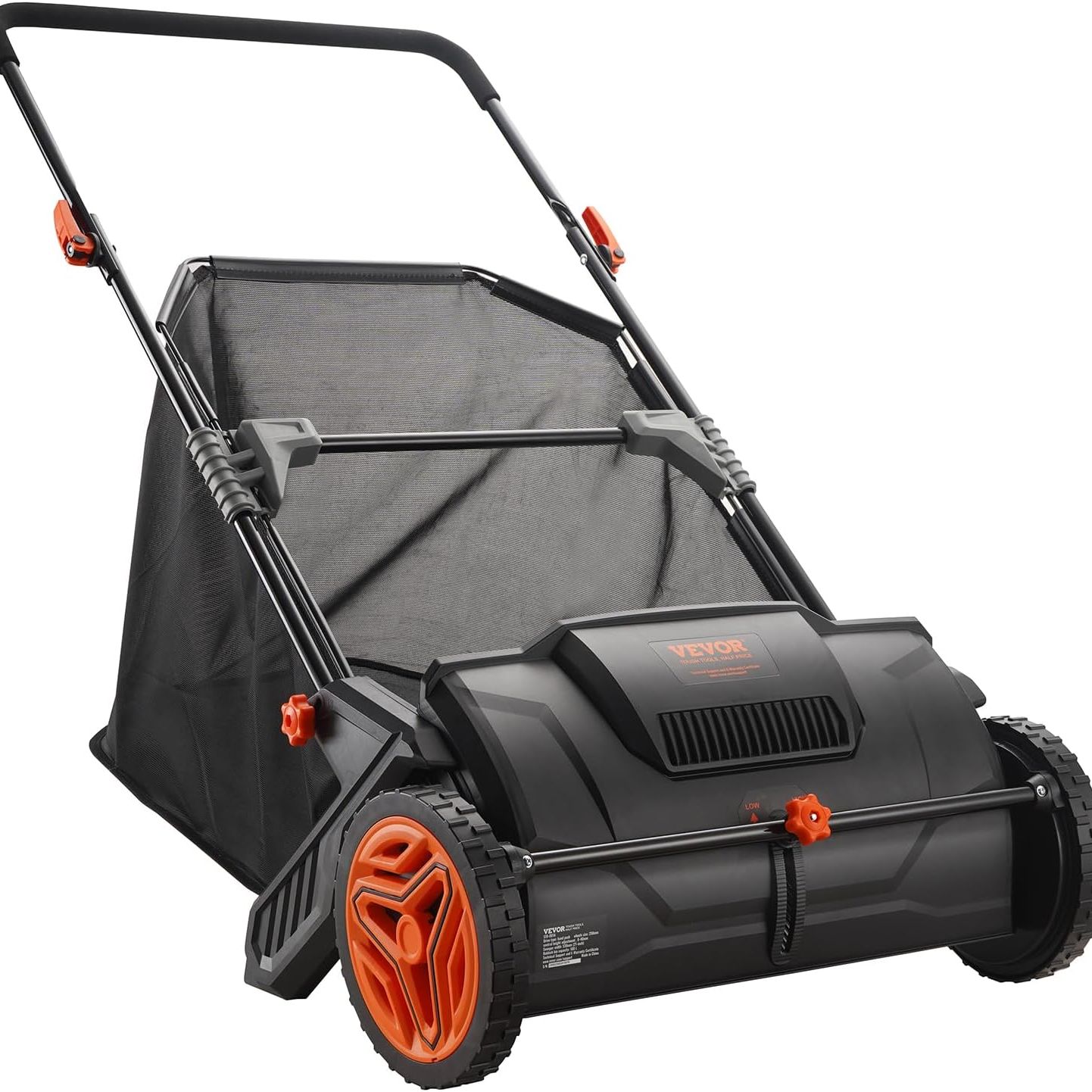Neighbor’s Tree Making a Mess in Your Yard? Here’s What You Can (and Can’t) Do About Fallen Leaves
Is your neighbor's tree is dumping leaves on your yard and making your fall cleanup unmanageable? Here's how to get rid of leaves and preserve good relations.
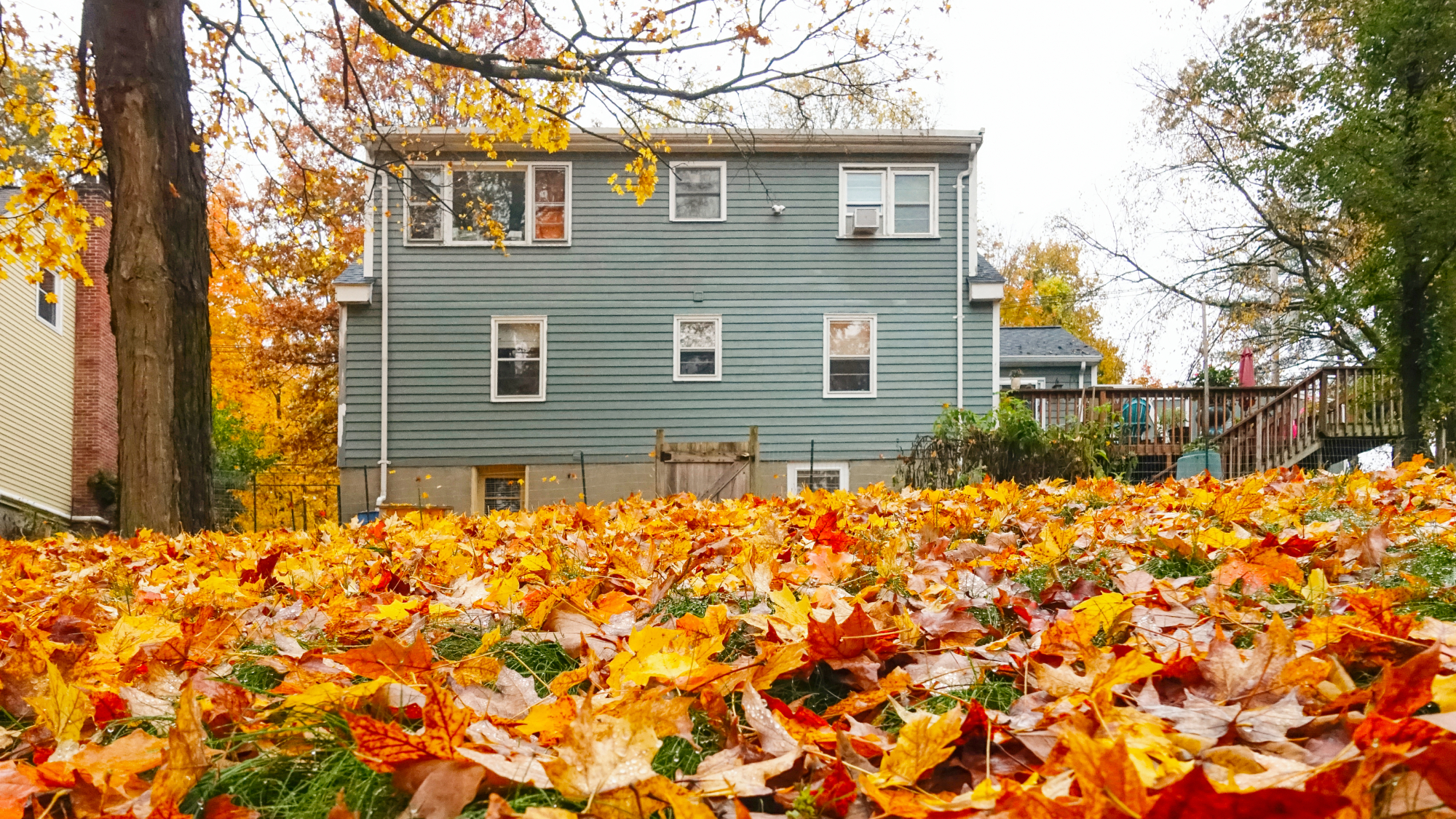

Fall is beautiful as the leaves change color, but this time of year can also bring up a number of gardening questions. A common question many homeowners and gardeners have is, "What can I do about my neighbor’s tree leaves in my yard?"
Fall lawn care tasks typically include managing leaves. But what if you’re faced with the issue of managing the leaves from someone else’s tree? This can be a frustrating situation, especially if your neighbor’s tree dumps a significant amount of leaves in your yard. Disputes over trees and boundaries have been known to get heated or even go to court.
Before it gets this far, ask yourself a few questions: What can I do with leaves from neighbor’s tree in my yard? Can I manage them on my own easily? Are there more than I can deal with? Will my neighbor be reasonable about solutions? Our team of gardening experts has found the answers to those questions for you. Here's how to handle a neighbor's leaves falling on your lawn.
Who's Responsible for Fallen Leaves?
The first important issue to address is who is responsible for the leaves from a tree in one yard that have fallen into another yard. It’s not uncommon for leaves from trees that are not on your property to end up in your yard.
Some of the branches from the tree might overhang your yard. Another possibility is that the wind blows leaves into your yard. Finally, and hopefully this is a rare occurrence, a homeowner might blow their leaves into your yard. That's one of the biggest leaf-blowing etiquette mistakes someone can make.
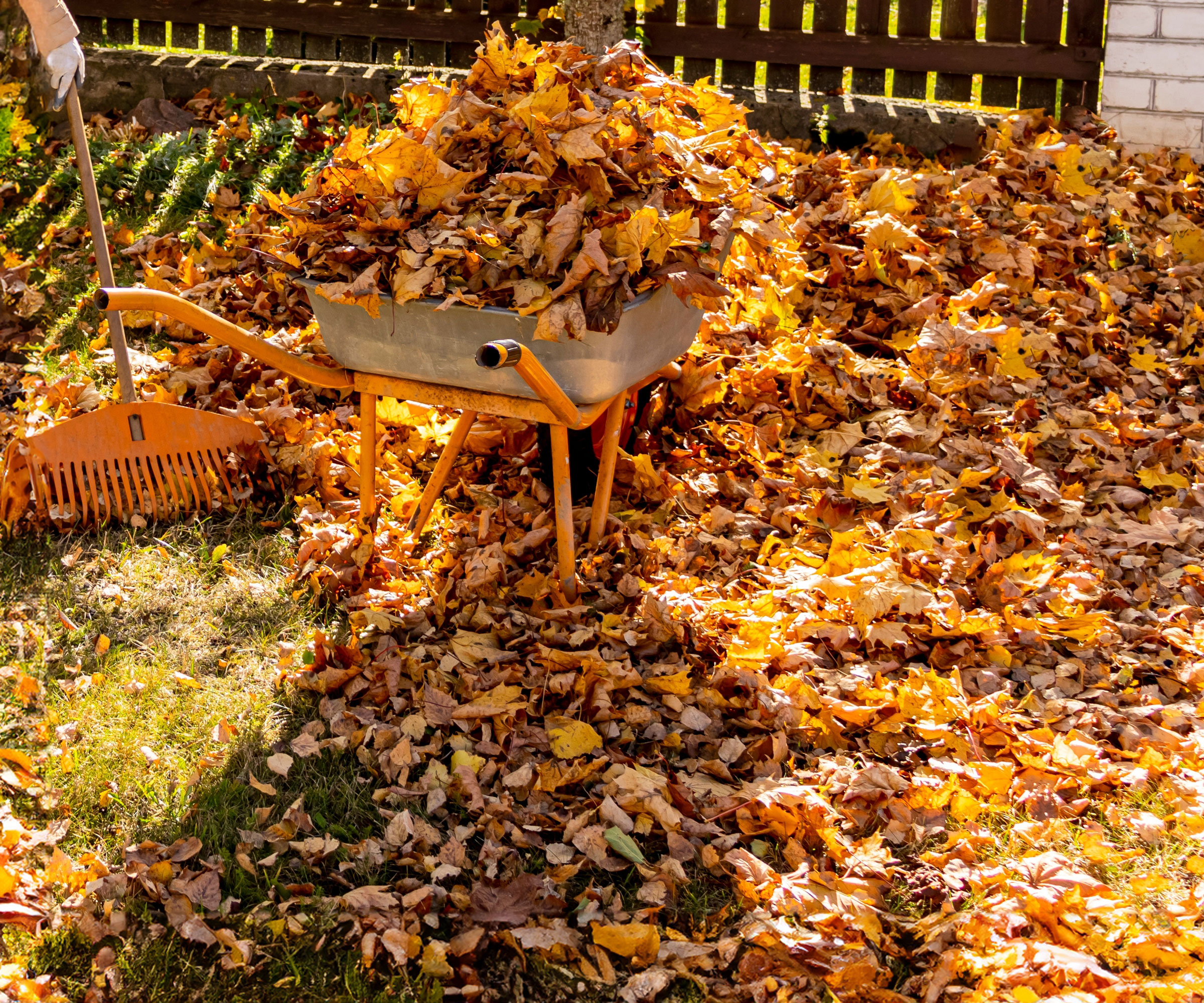
Before you do anything about a neighbor’s leaves, it’s important to understand your local laws. Most issues dealing with property are managed by municipalities. But the rules and policies can vary by city or county, so look into your local ordinances.
However, almost everywhere, one rule is the same: leaves are natural products, which means getting rid of the leaves is your responsibility if they fall in your yard. It doesn’t matter that they came from a tree on someone else’s property. Once they’re in your lawn, those leaves are yours.
Sign up for the Gardening Know How newsletter today and receive a free copy of our e-book "How to Grow Delicious Tomatoes".
If someone intentionally blows or dumps leaves on your lawn, that can be a legally gray area. This is, at best, poor etiquette and, at worst, illegal. But again, specific laws and regulations on this topic depend on your local area.
How to Deal With Leaves From a Neighbor's Tree
Before tackling the situation, consider what you do with leaves in your yard that come from your own trees. The easiest solution to a neighbor’s leaves is simply rake the leaves or blow them with a leaf blower. Basically, treat them the same as you would your own.
If you normally rake and bag, add these leaves to the chore. If you use leaves as mulch, add the neighboring leaves to your mulch. If it’s not a large amount of leaves compared to your own, this shouldn’t be a big issue.
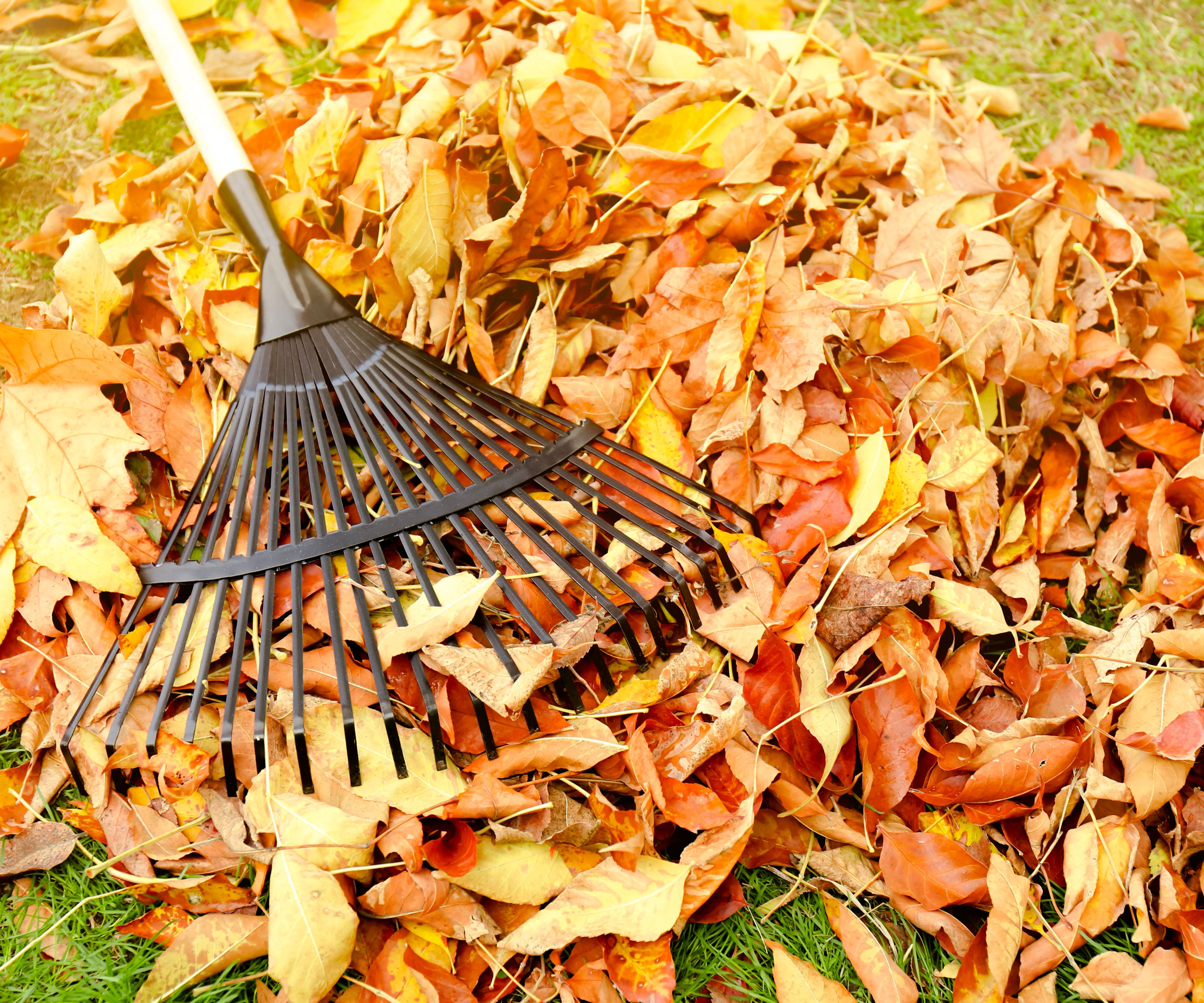
Start By Talking to Your Neighbor
In some cases, the amount of leaves coming from a neighbor’s yard is significant. Maybe you don’t have many trees and most of the leaves on your lawn come from somewhere else. Or you might have physical limitations that make it difficult to manage the amount of leaves.
If the leaves from a neighbor’s tree are more than you want to or are able to deal with, you can take some simple steps to try to resolve the issue. Start by talking to your neighbor.
This can be a difficult conversation to have, like talking to your neighbor about their weeds taking over your yard, but being amicable and kind will go a long way. Talk to your neighbor in a friendly way and with a helpful and positive attitude. Express that you are hopeful you can come up with a solution that works for both of you.
Make sure they understand your concerns and issues and start a conversation about the options. For instance, maybe you could spend a day together raking. Offer to make it a fun opportunity to get to know each other better. This rake and cleanup bag combo from Amazon makes leaf cleanup easy.
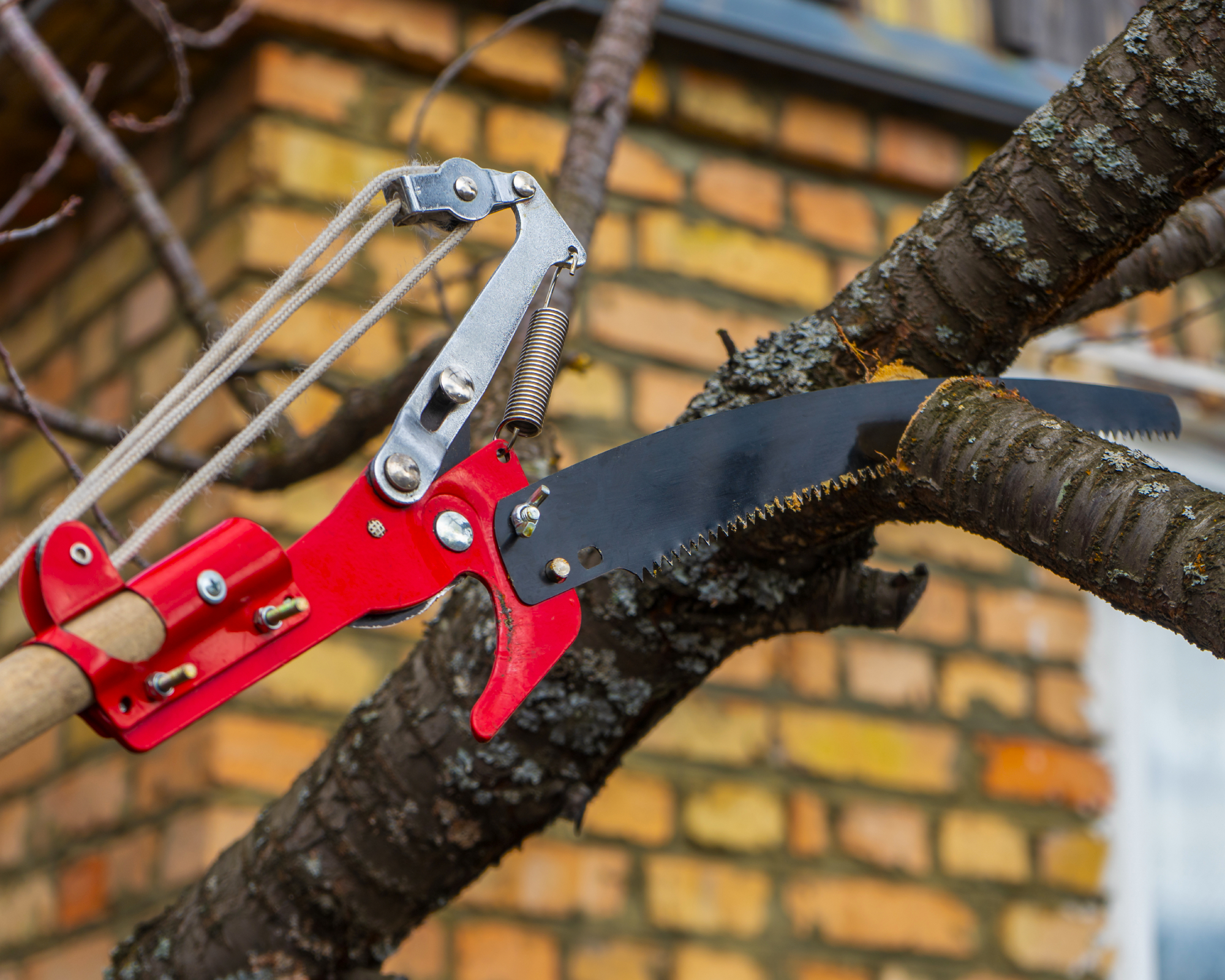
Other options include asking them to strategically prune the tree in question, especially branches hanging over your yard, which would reduce the number of leaves falling on your lawn. In most areas, you are legally allowed to trim branches that overhang your property.
If you choose to trim them yourself, make sure you know where your property line is and that you don’t cross it to trim. You are also not allowed to damage the tree. Any trimming should be done solely on your property and should not cause the tree lasting harm. Use a sharp manual saw or pruner with a long handle, like this one from Fiskars, or opt for an electric pole saw, like this one from Greenworks, to make quick work of any trimming job.
Keep in mind that your neighbor is not legally obligated to help you manage leaves on your lawn, so don’t get mad if they aren’t willing to help.
What to Do With Fallen Leaves
In most situations, you’ll simply have to figure out what to do with fall leaves on your own, as it is your responsibility. So, what are the best ways to deal with a neighbor's leaves that fall on your property? Here are some ideas that will actually help your garden.
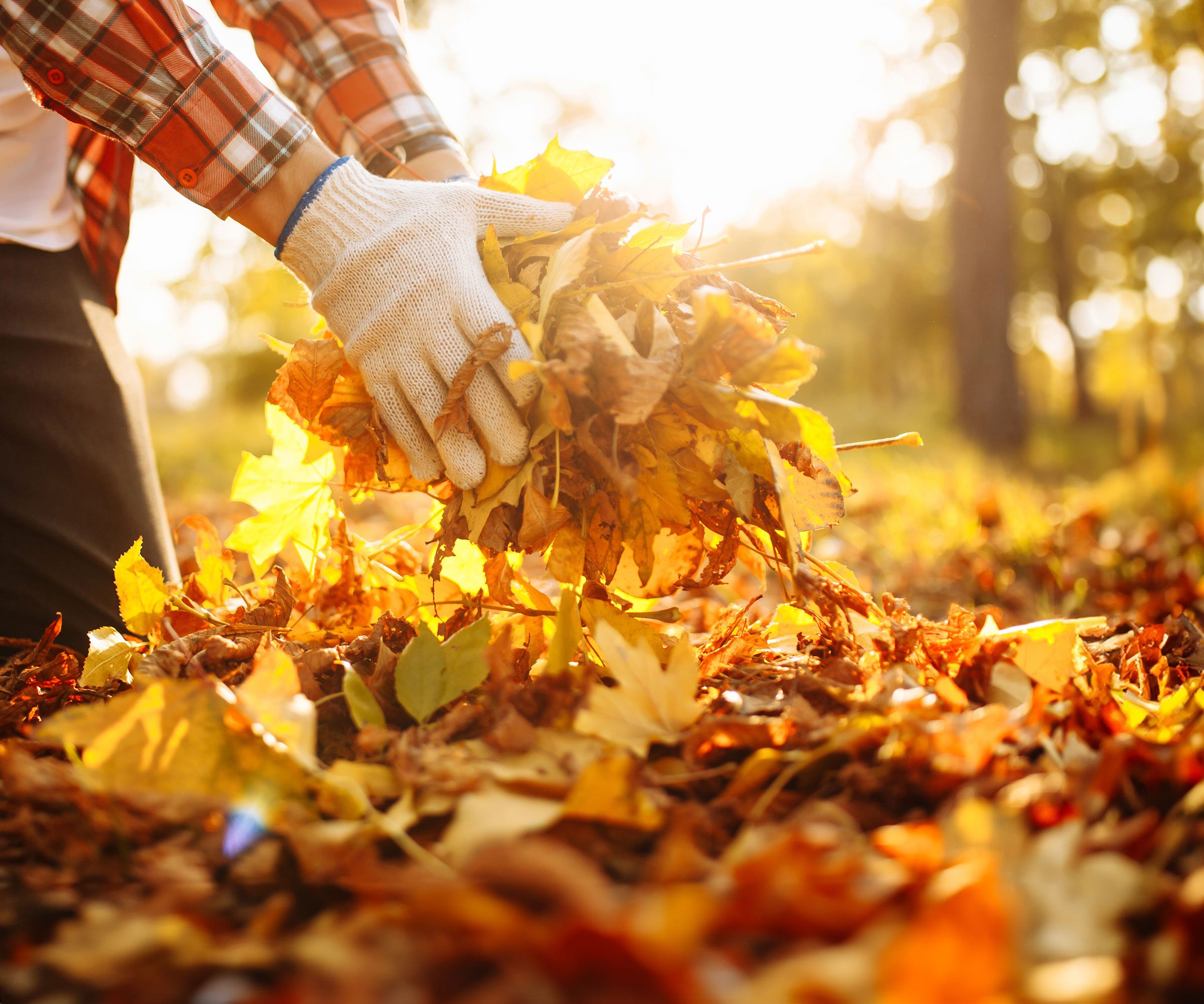
- Make Leaf Mulch. Spreading leaf mulch in beds in fall can help your garden in several ways. It reduces erosion of soil in beds, protects your more tender plants, and prevents plant roots from heaving in the frost. Pile your extra leaves into beds and reap the benefits.
- Make Compost. Leaves are just one of many components of rich homemade compost. Add them if you need more brown, carbon-rich material. If you don’t have a compost pile, you can compost leaves by simply piling them up in one area of the yard and letting them decompose over time.
- Leave Leaves in Place. Gardeners and homeowners are increasingly aware of how "leaving the leaves" is positive for wildlife. Many beneficial insects as well as small mammals and frogs spend time under the leaf litter. It serves as a safe place to lay eggs and acts as a warm shelter from freezing winter temperatures.
- Trim Branches. You might also want to consider trimming back the branches from your neighbor’s tree that overhang your property. But follow a few simple etiquette rules when trimming your neighbor's overgrown hedges and trees. Remember to stay on your property and to avoid damaging the tree if you do this. It’s also neighborly to talk to them before you do it to make sure they're on board.
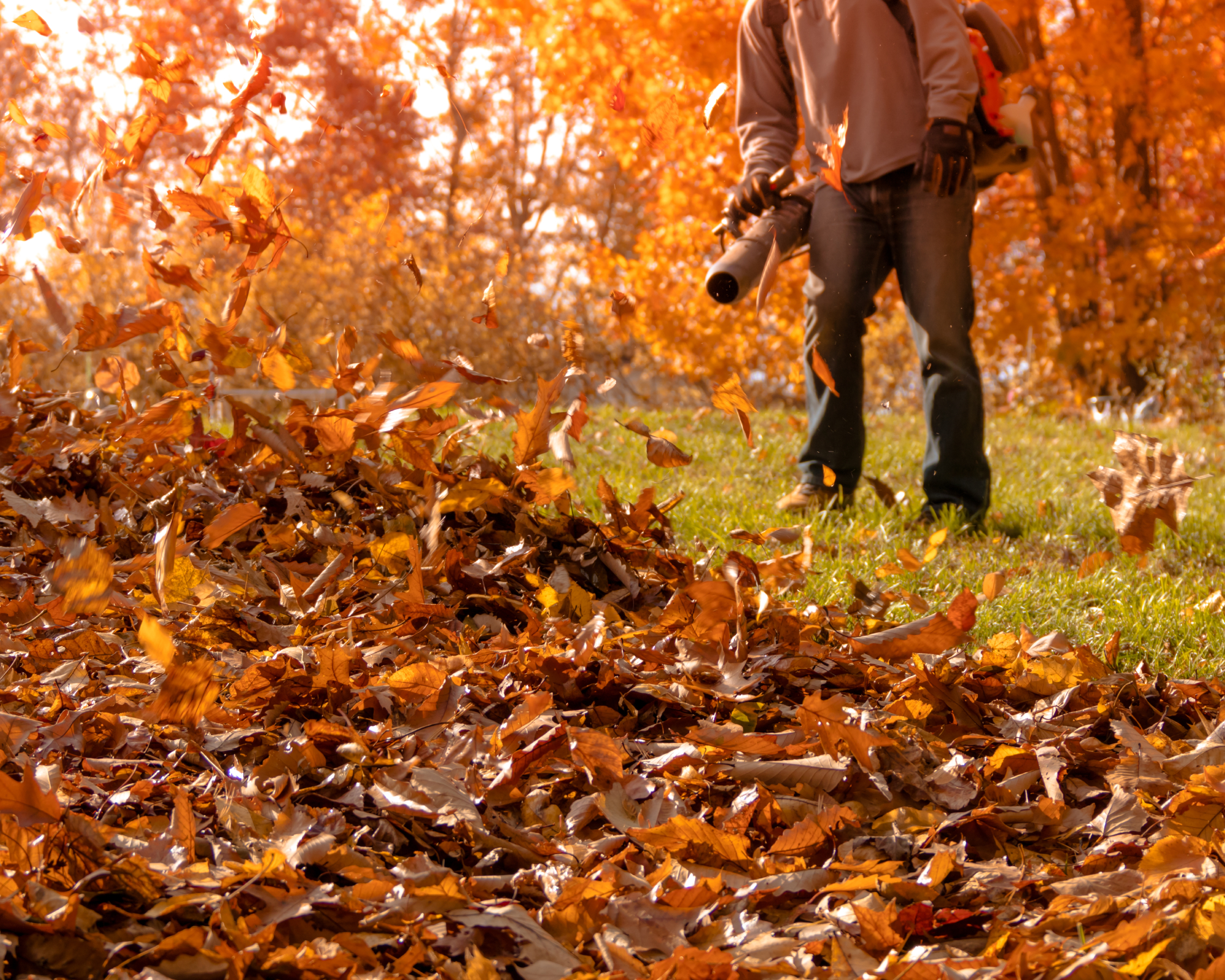
What NOT to Do
Property disputes can be emotional. Whatever you do, don’t let anger and other emotions override common sense. You have to live next to your neighbor, so it’s best to settle the issue in a fair and amicable way.
Don’t leave your neighbor out of the conversation. If you’re not happy with the situation, and don’t feel you can manage the leaves easily on your own, talk to them about it. You might be surprised at how willing people are to work together for a solution.
Don’t go onto your neighbor’s property without permission. This is considered trespassing, and they could take legal actions against you. Don’t do anything to intentionally damage or even kill the tree. This is also illegal.
Finally, don’t get too stressed about the issue. Leaves are a part of nature and a part of the garden. Manage the leaves on your own, or calmly work with your neighbor toward a solution.
Fall Cleanup Essentials

Mary Ellen Ellis has been gardening for over 20 years. With degrees in Chemistry and Biology, Mary Ellen's specialties are flowers, native plants, and herbs.
